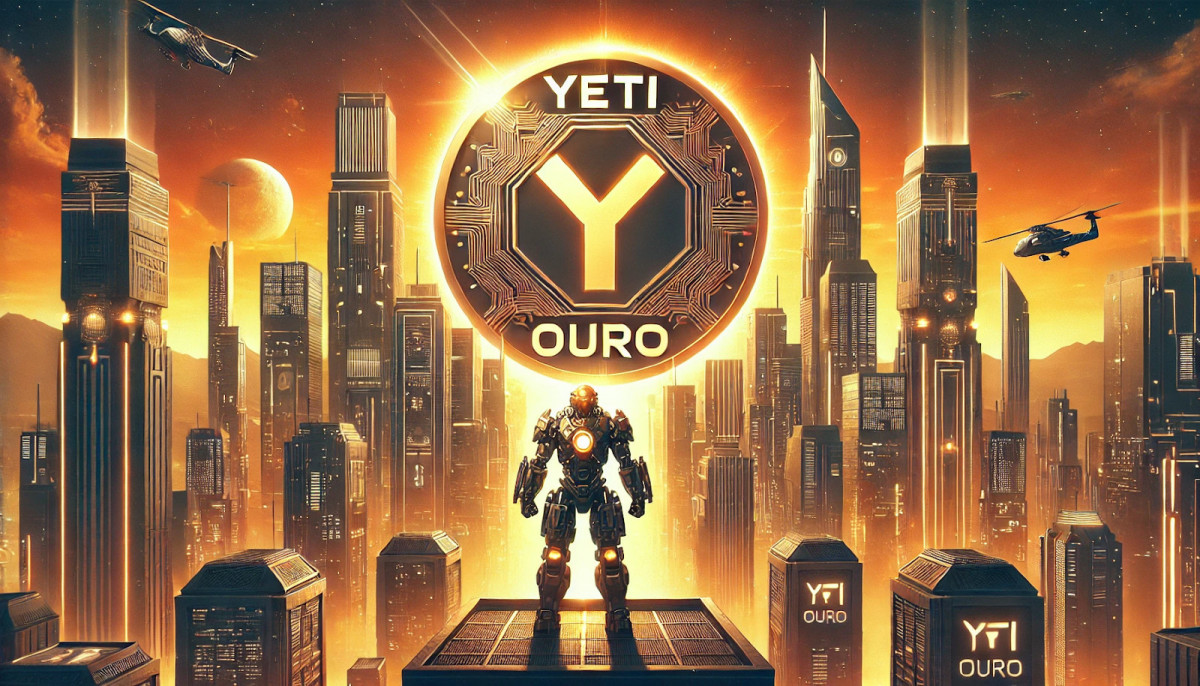The Accenture Federal Technology Vision 2022 analyzes four emerging technology trends that will have significant impact on how government operates in the near future. Today we look at Trend #1, WebMe: Putting the Me in Metaverse.
In the wake of the pandemic, people’s digital and “real world” lives are melding. Accenture research found that 70% of consumers globally report spending substantially more time online, and 38% of agree that their digital life is increasingly becoming their “real life.”
Alongside this, two distinct technology shifts are taking place: the rise of metaverses, and the arrival of Web3. Together they are driving a shift towards a more decentralized and human-centric internet. Federal leaders will need to prepare for this profound shift – and some agencies are already starting to dip their toes into this new future.
For example, the U.S. Army is building a Synthetic Training Environment (STE), which aims to revolutionize the Army’s entire training paradigm by allowing units and soldiers to conduct realistic, multi-echelon, collective training anywhere in the world. Currently scheduled to be fully operational in 2023, the STE will combine live, virtual, constructive, and gaming training environments that simulate real-world terrain in its full complexity.
Together, the metaverse and Web3 create tremendous opportunities for federal agencies, most notably around modeling complex interactions in real-time, whether they be on the battlefield, in major cities, in warehouses and other large facilities, or on public lands. At the same time, they enable more powerful collaboration, whether that be a training scenario or engaging with an increasingly digitally-minded audience. Together, these two developments are building a more immersive, more impactful digital world for government to explore and use to further its missions.
Breaking Down the Metaverse and Web3
With still-emerging concepts, it’s important to define our terms. We see the metaverse as enabling users to move beyond browsing, toward inhabiting and participating in a persistent shared digital experience. Web3 refers to the use of technologies like blockchain and tokenization to build a more distributed data layer into the internet.
In practical terms, we can think of metaverses as 3D digital environments where people can explore, play, socialize, experience, train, collaborate, create, and interact with others. A range of emerging creation tools, platforms, and technologies are taking this beyond the realm of video games to provide immersive experiences for consumers shopping, employees training, and more.
Web3 deepens that experience, introducing a data framework that generates the veracity, trust, and consensus that the virtual world has often lacked. By building services and applications atop often permissionless blockchains outfitted with open protocols and open standards, Web3 will allow for more freedom, decentralization, and democracy for individual users, content creators, and projects.
Many in government are already looking ahead toward the rise of the metaverse and Web3. Nearly two-thirds of U.S. federal government executives (64%) say that the metaverse will have a positive impact on their agency, with 25% calling it breakthrough or transformational. Of those anticipating the most significant impact, 94% believe it will happen in the next four years.
While both the metaverse and Web3 present interesting possibilities on their own, federal leaders should be especially attentive to the coming together of these two trends. Specifically, Web3 infuses the context, ownership and interoperability needed to transform the metaverse into a thriving community.
Federal Agencies are Helping Build the Metaverse
While this may all sound a bit fantastical, federal agencies are already exploring the possibilities.
The Veterans Health Administration Innovation Ecosystem Extended Reality Network is exploring new care models using extended…
Read More: www.meritalk.com









 Bitcoin
Bitcoin  Ethereum
Ethereum  XRP
XRP  Tether
Tether  Solana
Solana  Dogecoin
Dogecoin  USDC
USDC  Cardano
Cardano  Lido Staked Ether
Lido Staked Ether  TRON
TRON  Avalanche
Avalanche  Sui
Sui  Wrapped stETH
Wrapped stETH  Chainlink
Chainlink  Toncoin
Toncoin  Shiba Inu
Shiba Inu  Stellar
Stellar  Wrapped Bitcoin
Wrapped Bitcoin  Hedera
Hedera  Polkadot
Polkadot  WETH
WETH  Bitcoin Cash
Bitcoin Cash  Uniswap
Uniswap  Pepe
Pepe  Hyperliquid
Hyperliquid  Litecoin
Litecoin  LEO Token
LEO Token  Wrapped eETH
Wrapped eETH  NEAR Protocol
NEAR Protocol  Aptos
Aptos  Ethena USDe
Ethena USDe  USDS
USDS  Internet Computer
Internet Computer  Aave
Aave  Render
Render  Mantle
Mantle  Bittensor
Bittensor  POL (ex-MATIC)
POL (ex-MATIC)  Cronos
Cronos  Ethereum Classic
Ethereum Classic  Artificial Superintelligence Alliance
Artificial Superintelligence Alliance  WhiteBIT Coin
WhiteBIT Coin  Virtuals Protocol
Virtuals Protocol  Arbitrum
Arbitrum  MANTRA
MANTRA  Tokenize Xchange
Tokenize Xchange  Filecoin
Filecoin